Design Tips for Small Bathroom Shower Configurations
Designing a small bathroom shower requires careful planning to maximize space and functionality. Effective layouts can transform a compact area into a comfortable and stylish retreat. Choosing the right configuration depends on the dimensions of the bathroom, the location of plumbing fixtures, and personal preferences for style and usability.
Corner showers utilize two walls to create a compact enclosure, freeing up more space for other bathroom features. They are ideal for small bathrooms as they optimize corner areas and can be customized with sliding or hinged doors for convenience.
Walk-in showers provide a sleek, open look without the need for doors or enclosures, making small bathrooms appear larger. They often feature a single glass panel or open entry, enhancing accessibility and visual space.
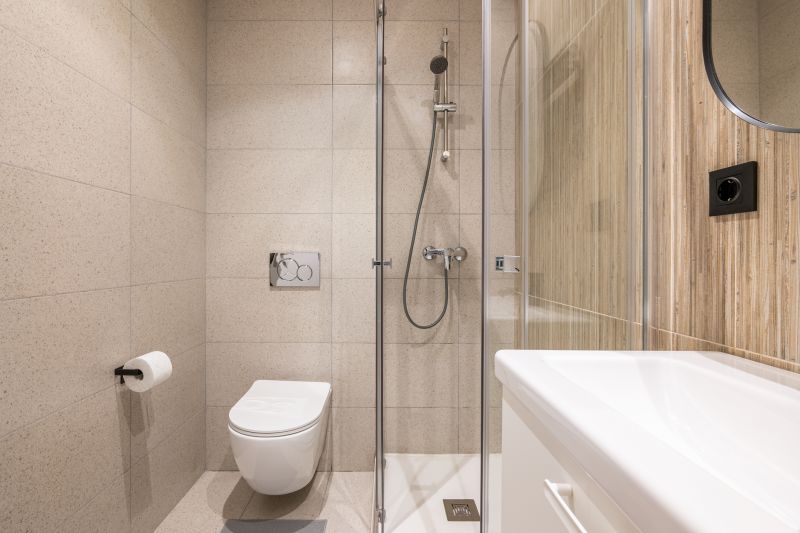
Compact shower arrangements often incorporate space-saving fixtures and strategic placement to maximize usability within limited square footage.
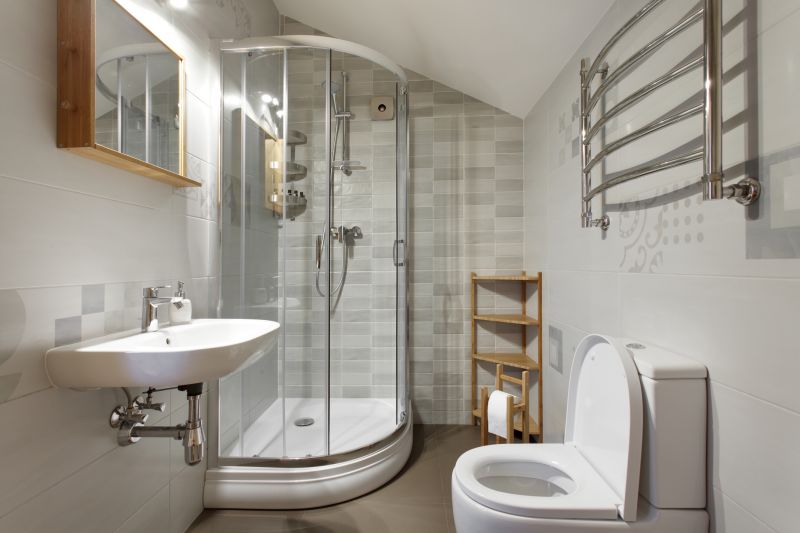
Innovative corner and alcove designs allow for efficient use of space while maintaining aesthetic appeal.
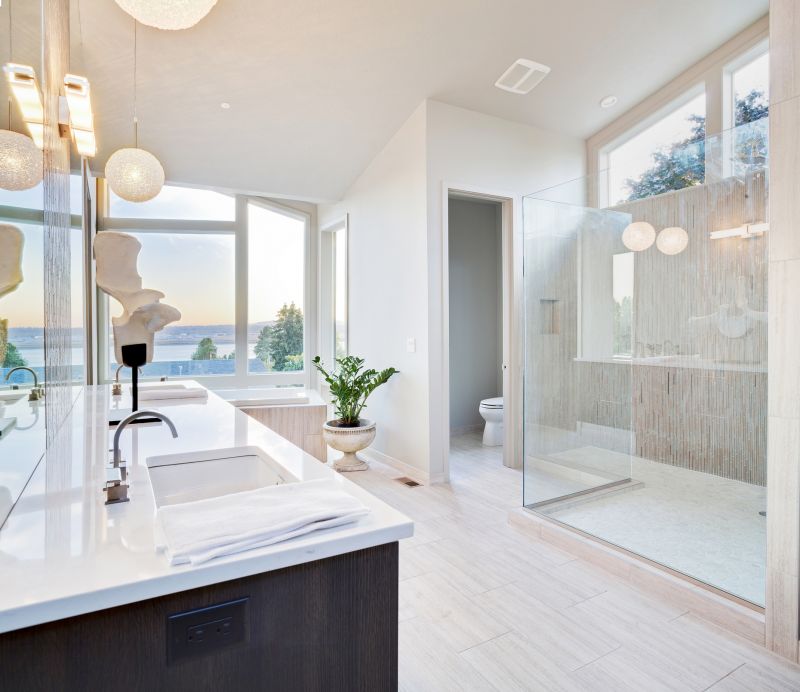
Glass enclosures and minimal framing create an open feeling, making small bathrooms appear larger.

Using multi-functional fixtures can enhance the utility of small shower areas.
| Layout Type | Advantages |
|---|---|
| Corner Shower | Maximizes corner space, suitable for small bathrooms |
| Walk-In Shower | Creates an open, spacious feel, easy to access |
| Tub-Shower Combo | Provides versatility in limited space |
| Sliding Door Shower | Saves space by eliminating door swing |
| Neo-Angle Shower | Fits into corner spaces efficiently |
| Open Shower with Glass Panel | Enhances visual space and modern look |
Choosing the right small bathroom shower layout involves balancing space constraints with aesthetic preferences. Incorporating glass enclosures can make the area feel larger and brighter, while multi-functional fixtures optimize utility. For bathrooms with limited space, corner and neo-angle designs are popular options that make effective use of available corners and angles. Additionally, minimal framing and clear glass contribute to an open and airy atmosphere, which is especially beneficial in compact settings.
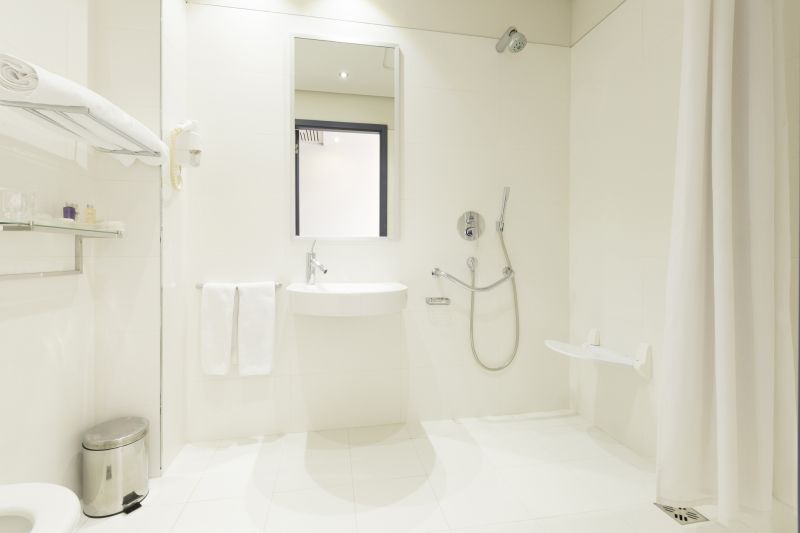
Designs that integrate built-in niches and shelves help maximize storage without cluttering the space.
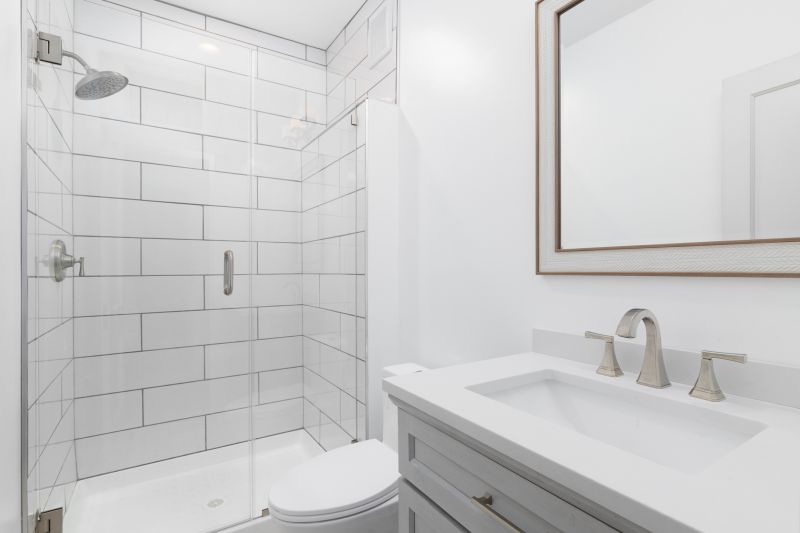
Using light-colored tiles and reflective surfaces enhances the sense of space.
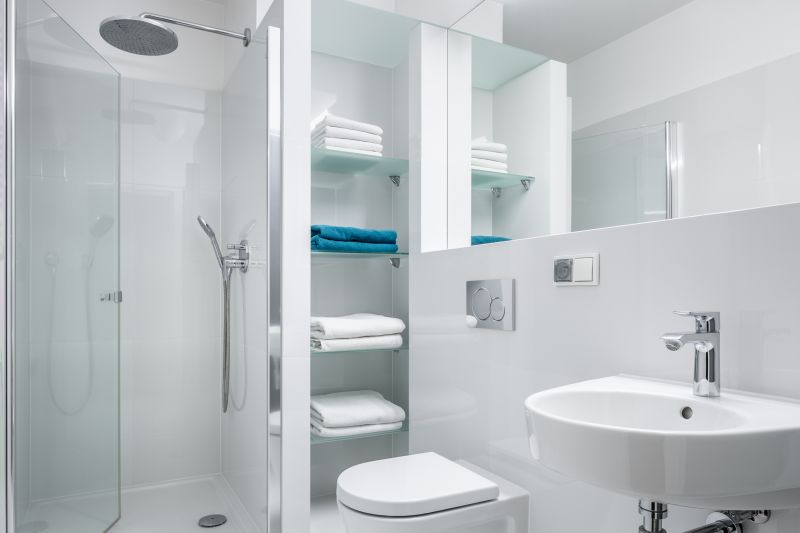
Compact fixtures and streamlined hardware contribute to a clean, uncluttered look.
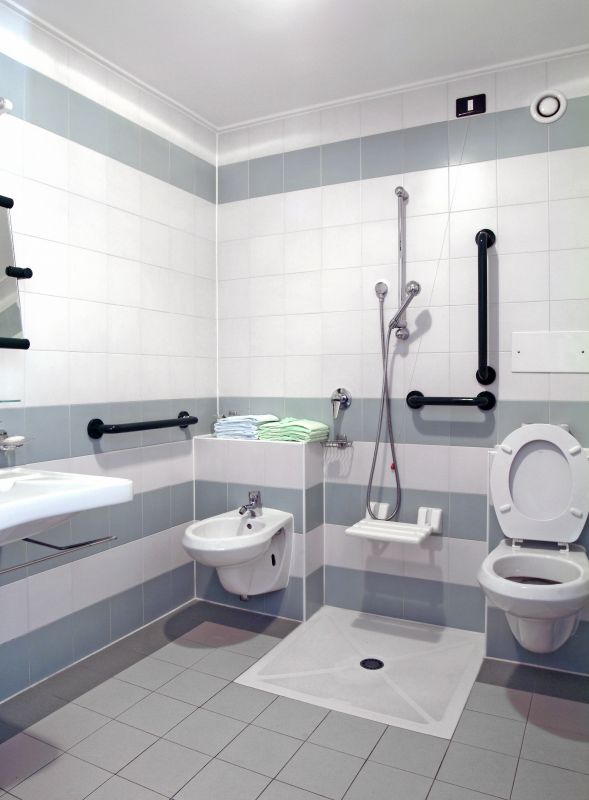
Strategic placement of showerheads and controls improves comfort and accessibility.
Designing small bathroom showers involves thoughtful consideration of layout options that optimize space while maintaining style and functionality. Incorporating features such as frameless glass, built-in niches, and sliding doors can significantly enhance the room's appearance and usability. Proper planning ensures that even the smallest bathrooms can offer a comfortable shower experience without feeling cramped. The selection of fixtures, tiling, and accessories plays a crucial role in creating a cohesive and efficient design.



